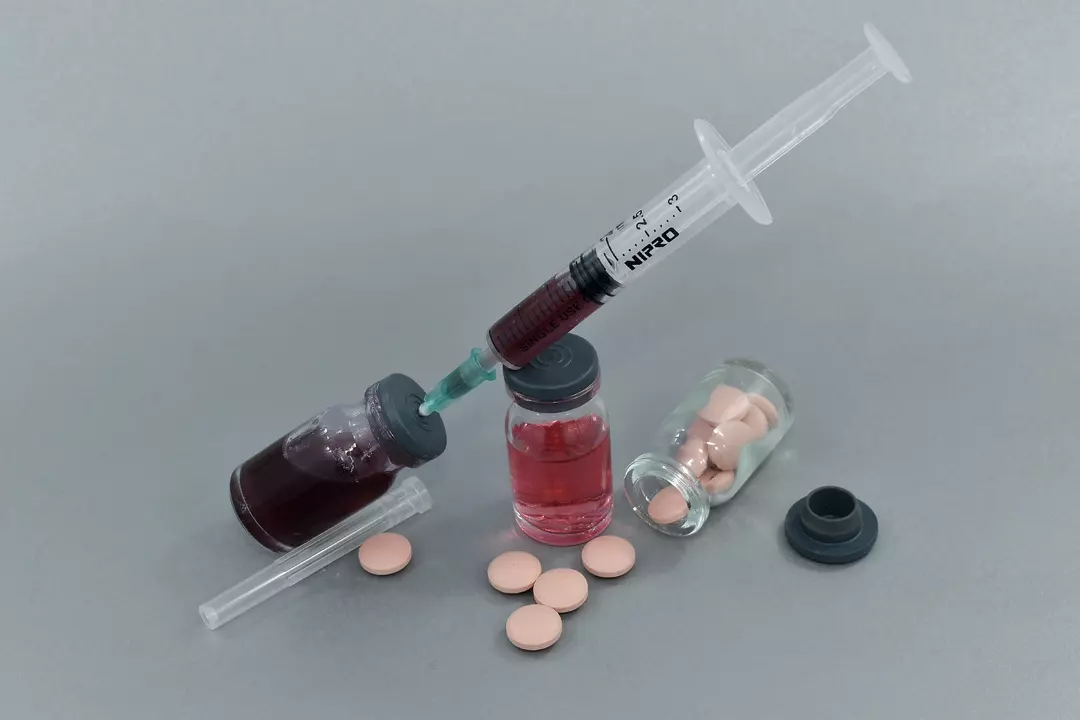Apixaban: What It Is, How It Works, and When to Use It
Apixaban is a modern blood thinner that stops clots from forming by blocking a protein called factor Xa. Doctors often prescribe it after knee or hip surgery, for atrial fibrillation, or when someone has had a DVT or PE. Unlike older drugs, you don’t need regular blood tests to keep the dose right.
Typical dosing is 5 mg twice a day, but if you’re over 80, weigh less than 60 kg, or have kidney issues, the doctor might drop it to 2.5 mg twice daily. Always follow the exact schedule – missing a pill can raise clot risk, while taking extra can cause bleeding.
Common Side Effects You Might Feel
The most frequent complaint is easy bruising or small nosebleeds. Some people notice mild stomach upset or headache. Serious bleeding – like heavy vomit with blood or black stools – needs immediate medical attention. If you notice any unusual swelling, especially in the legs, call your doctor right away.
Things to Watch Out For
Apixaban interacts with several meds, especially other blood thinners, certain antibiotics, and some antifungals. Always list every prescription, over‑the‑counter drug, and supplement you take when starting apixaban. Alcohol can increase bleeding risk, so keep drinking moderate.
If you’re scheduled for surgery or a dental procedure, tell the surgeon you’re on apixaban. They’ll usually stop it 24–48 hours before to reduce bleed risk, then restart once it’s safe.
Kidney function matters because the drug is partly cleared through the kidneys. People with severe kidney disease may need a different anticoagulant. Your doctor will likely run a simple blood test before prescribing and during follow‑up visits.
For those who can’t take apixaban, there are alternatives like rivaroxaban, dabigatran, or the older warfarin. Warfarin needs frequent INR checks but works well for people with certain valve replacements. Newer drugs have similar efficacy without the lab work, but they each have unique side‑effect profiles.
When you first start apixaban, keep a list of emergency contacts and a card noting your medication – it helps if you end up in an ER. Also, store the pills at room temperature away from moisture; don’t toss them into the trash without proper disposal.
Bottom line: apixaban is convenient and effective for many clot‑prevention needs, but staying aware of dose adjustments, drug interactions, and bleeding signs keeps you safe. Talk to your pharmacist or doctor if anything feels off – they’re there to help you stay on track.
As a copywriter, I've recently learned about Apixaban and its link to drug-induced bleeding. Apixaban is an anticoagulant medication that prevents blood clots, but it can also lead to bleeding complications in some patients. It's important to be aware of the signs of bleeding and to communicate with your healthcare provider if you experience any. In case of severe bleeding, immediately seek medical attention to manage the situation. Remember, staying informed and monitoring your health is key to managing potential risks related to Apixaban.
Apr, 27 2023

